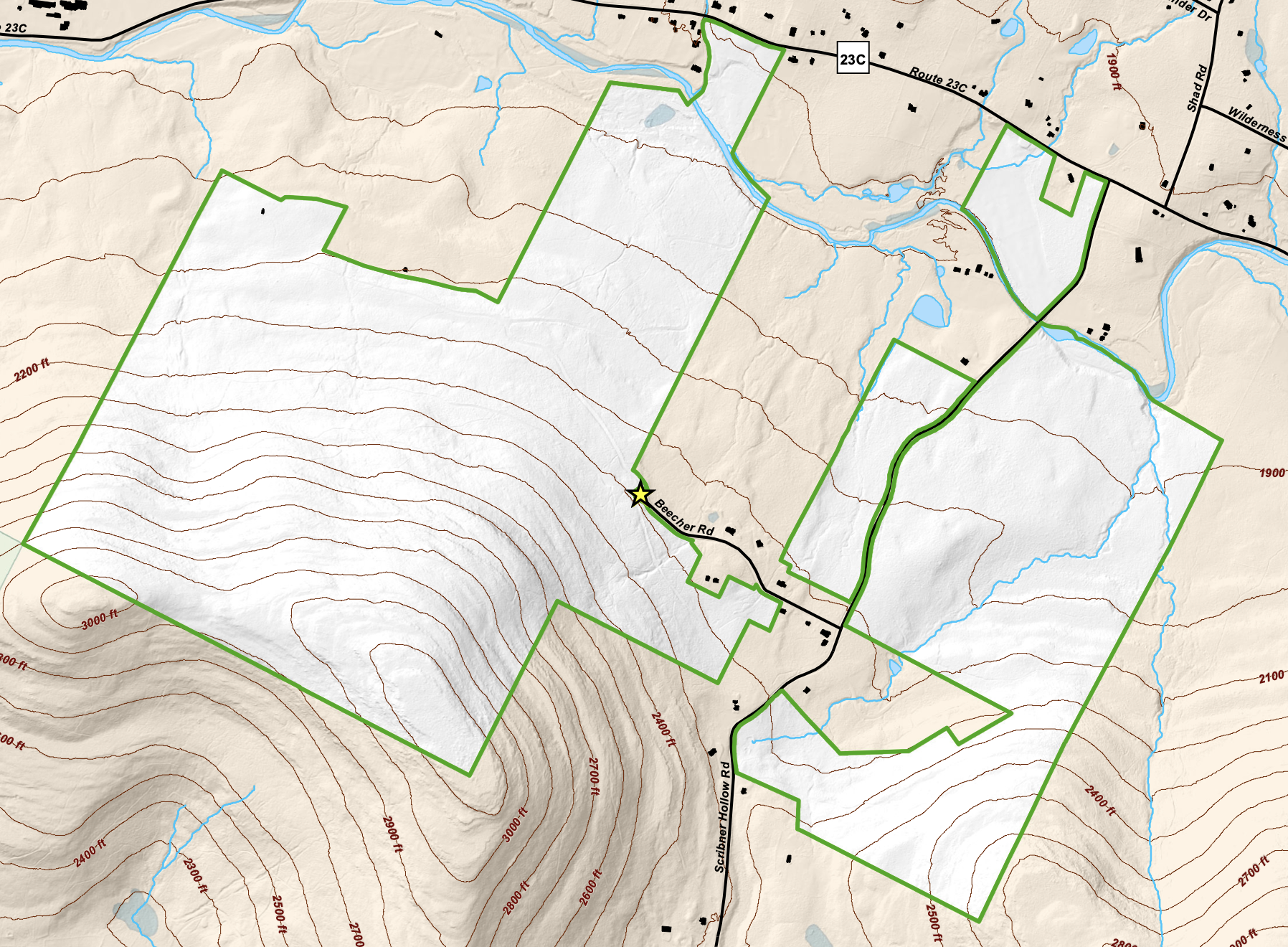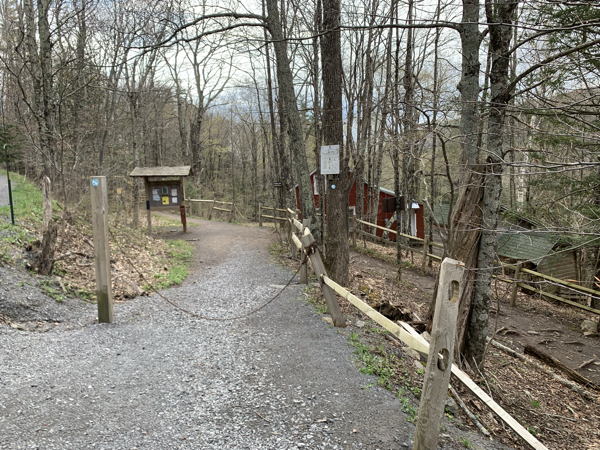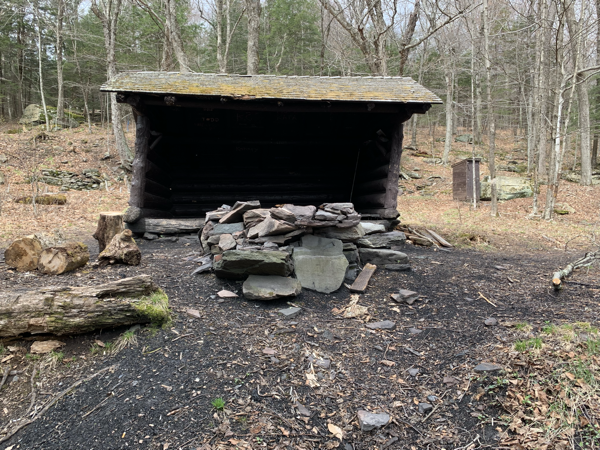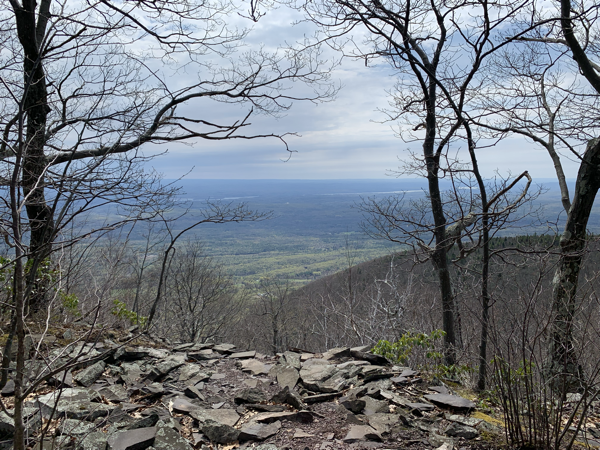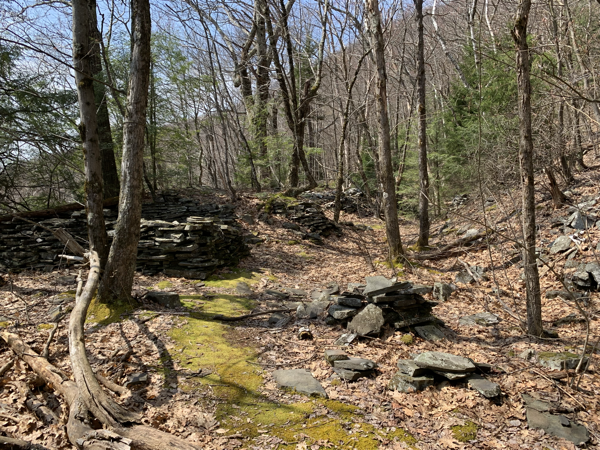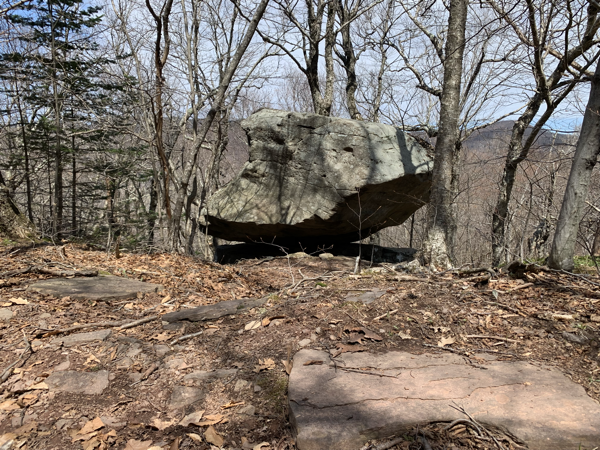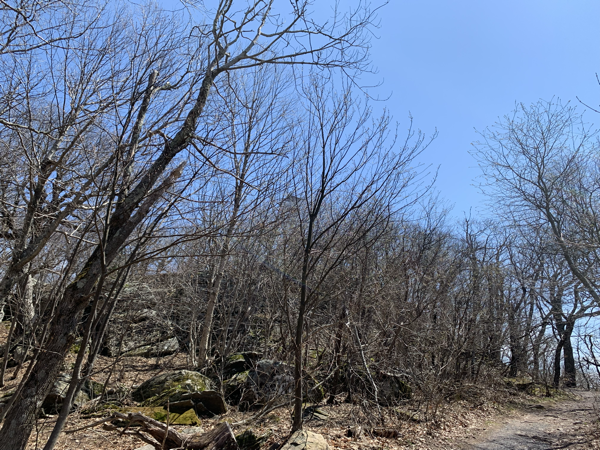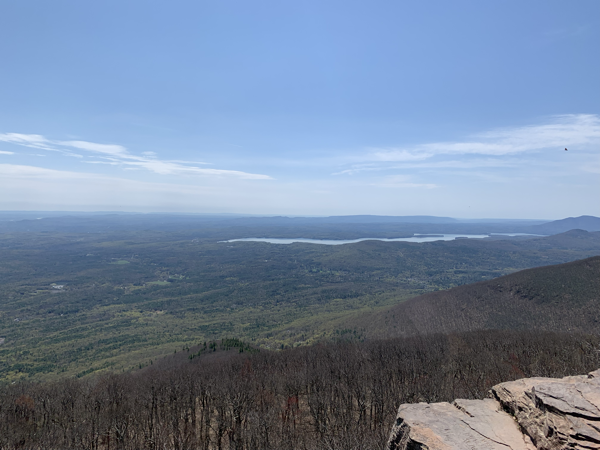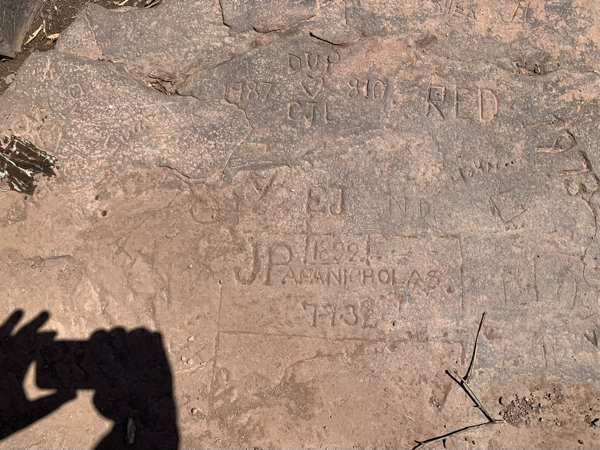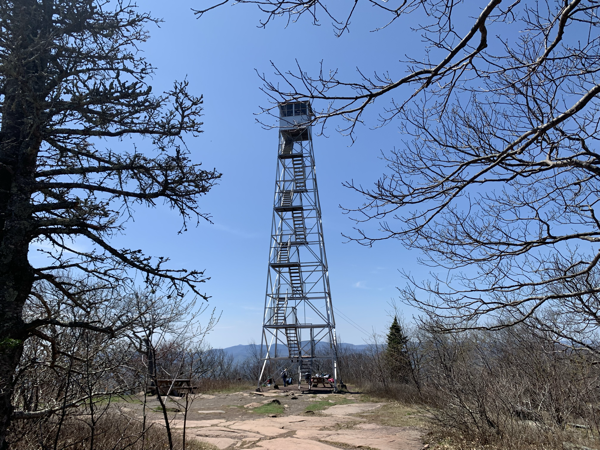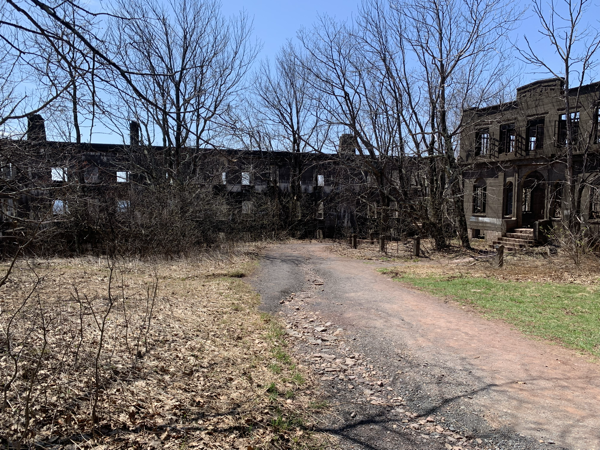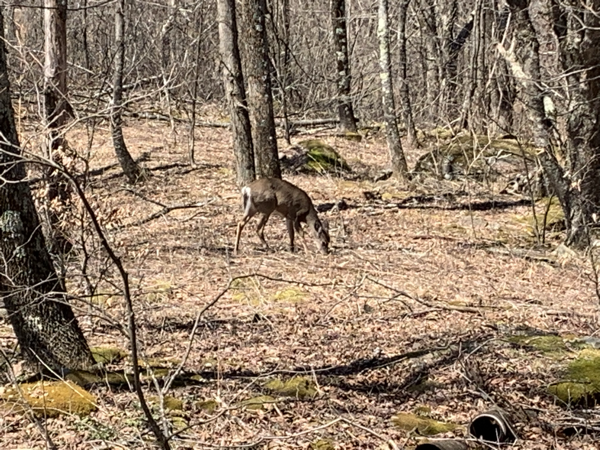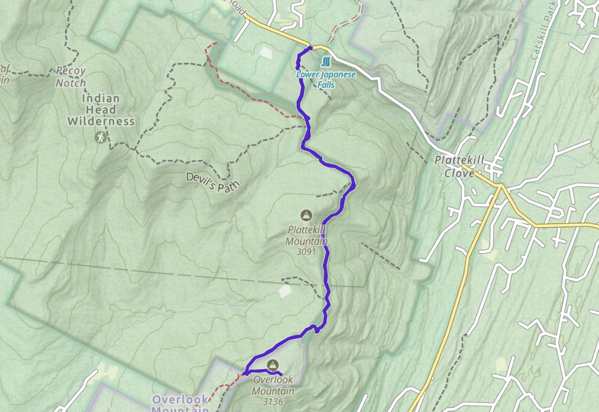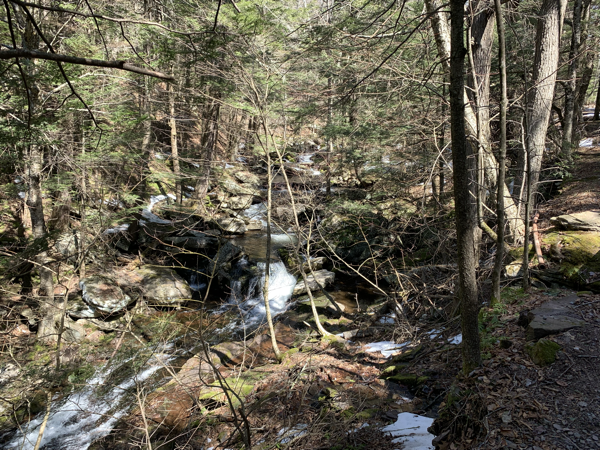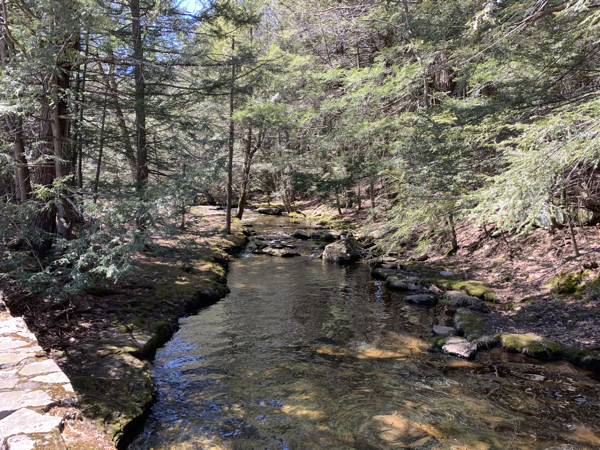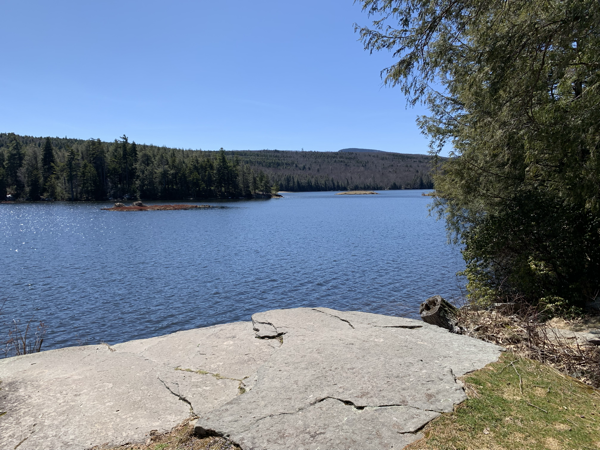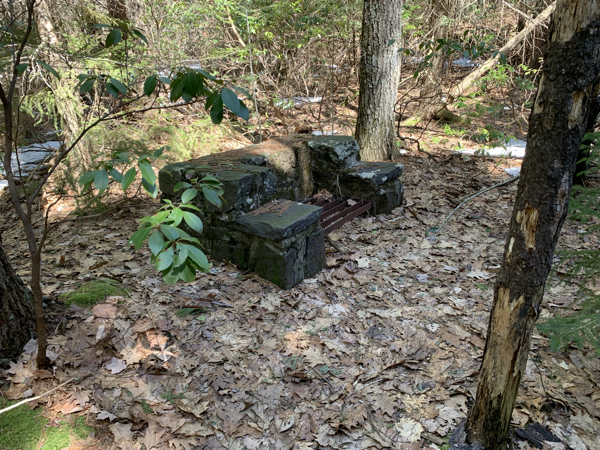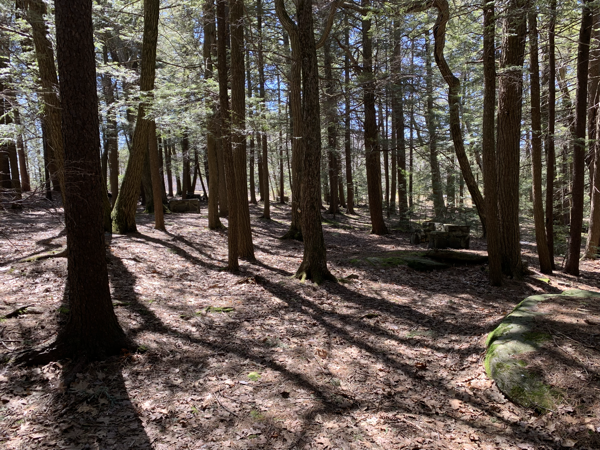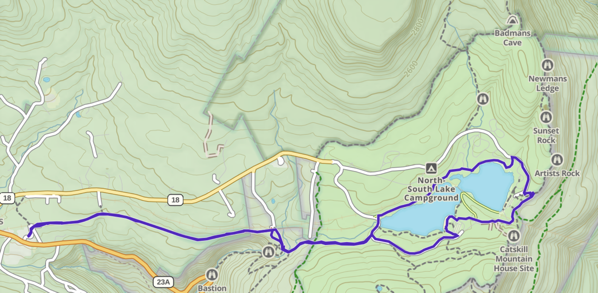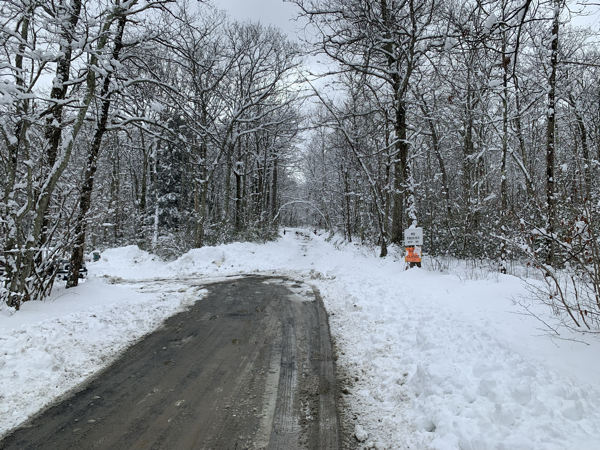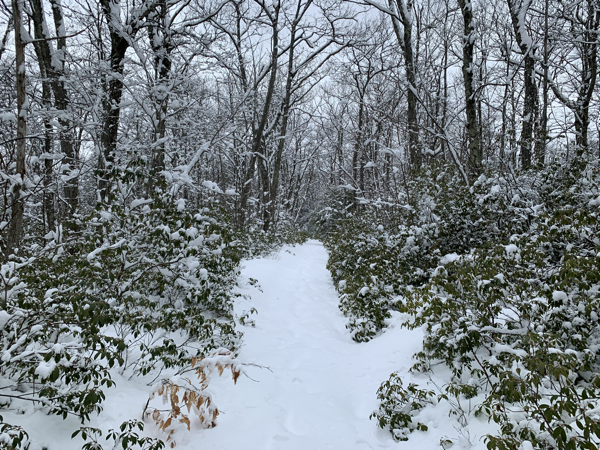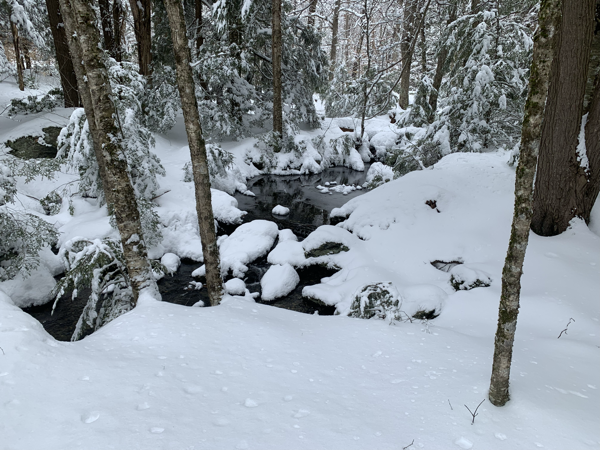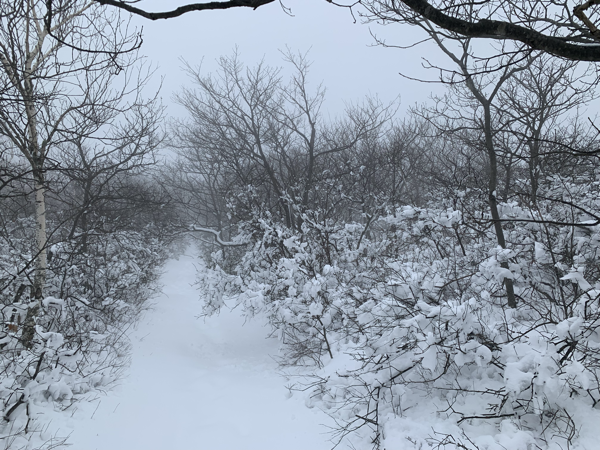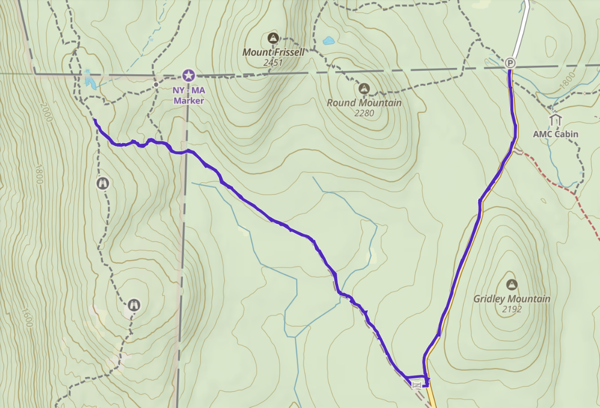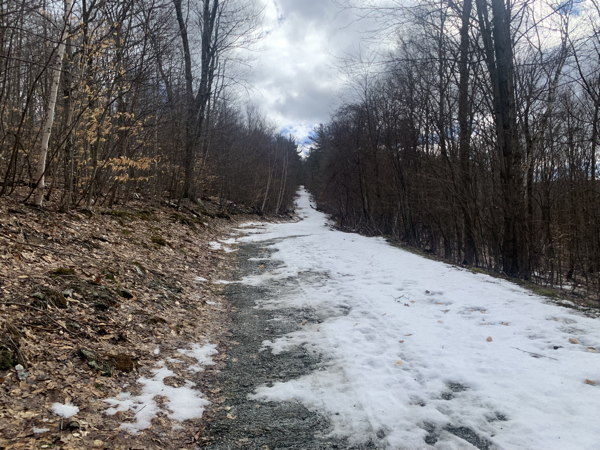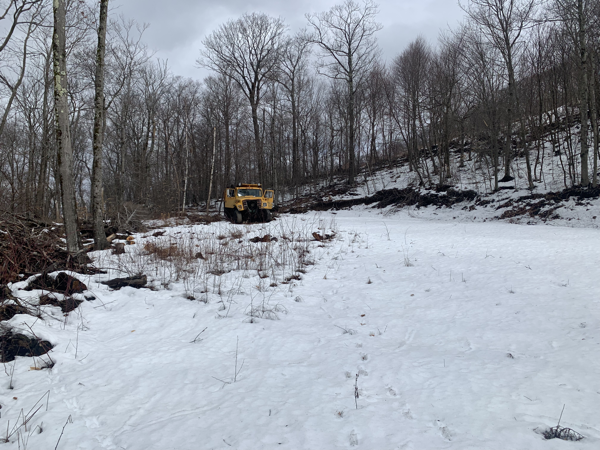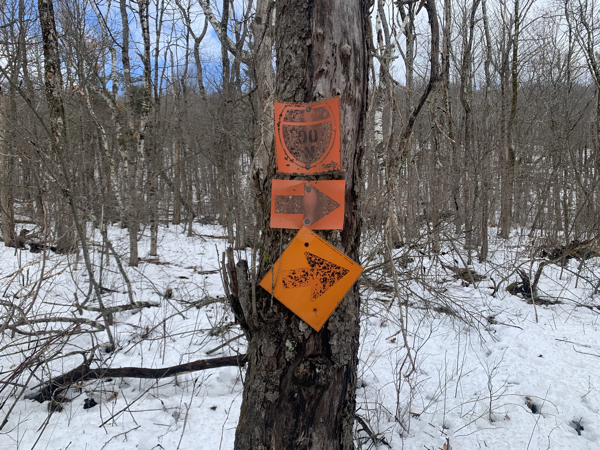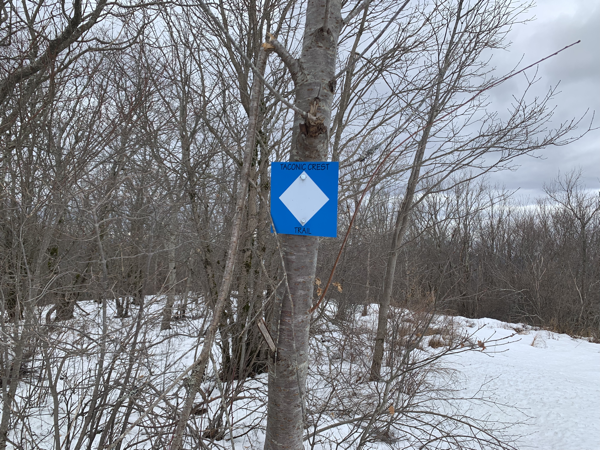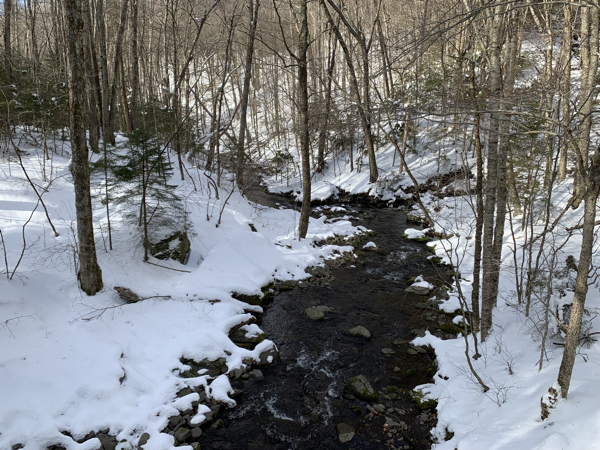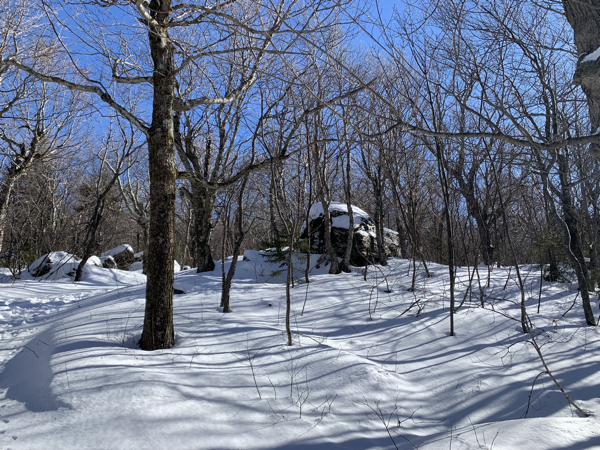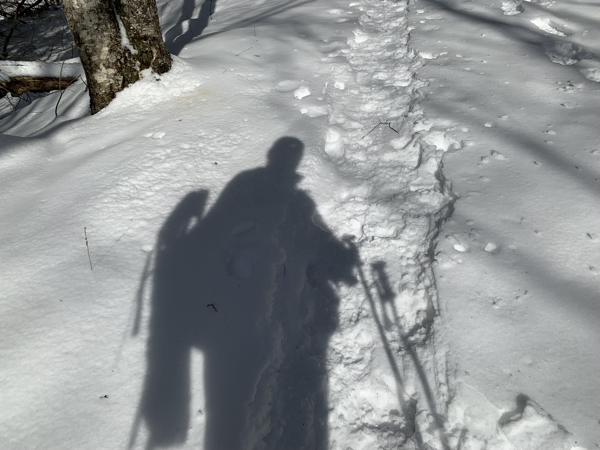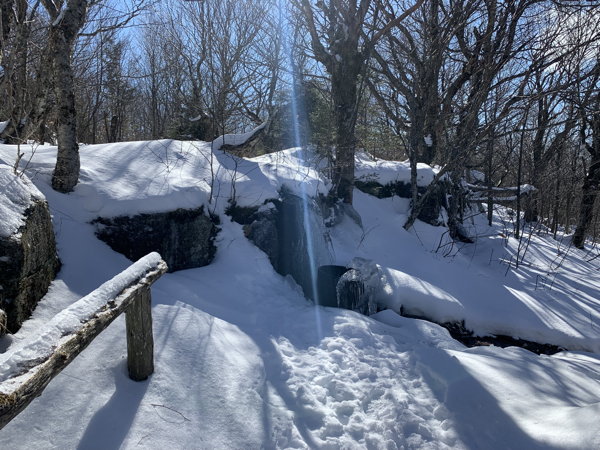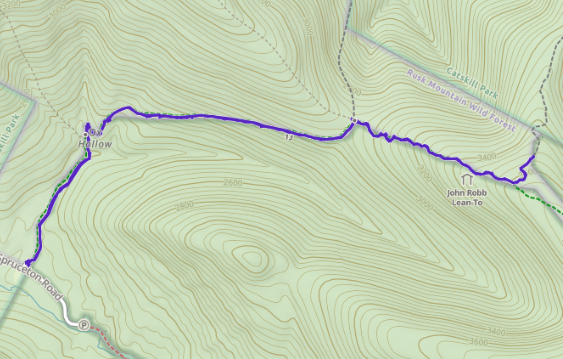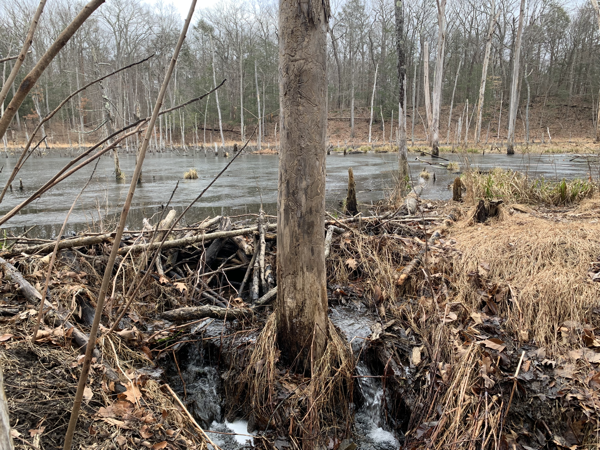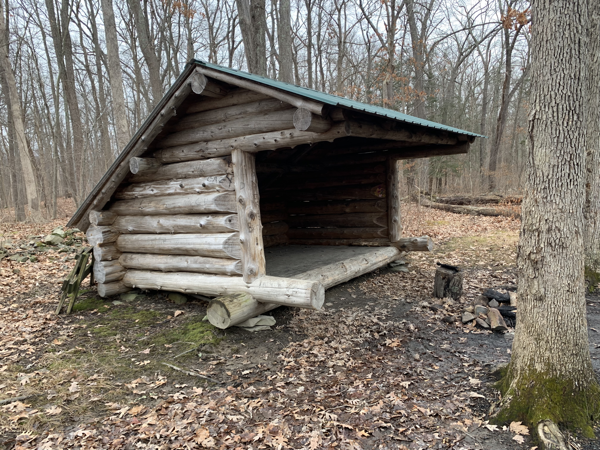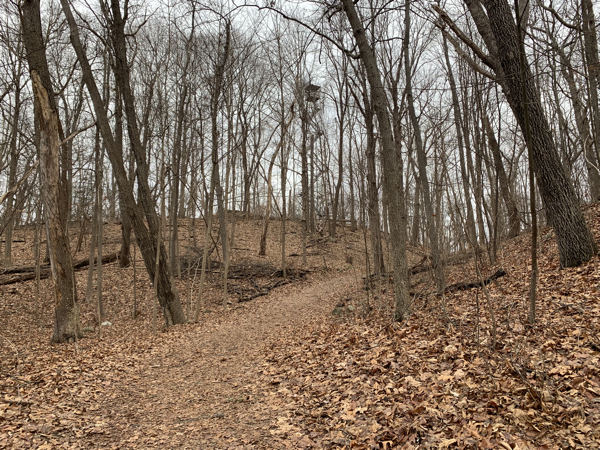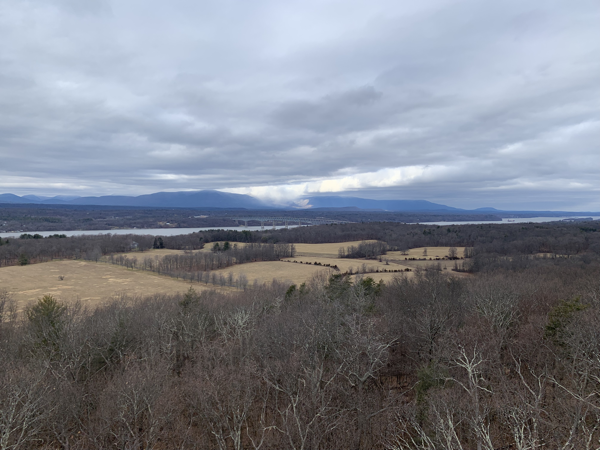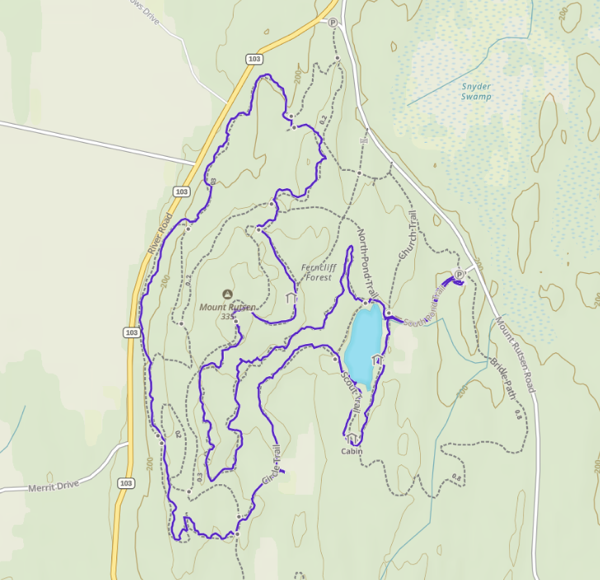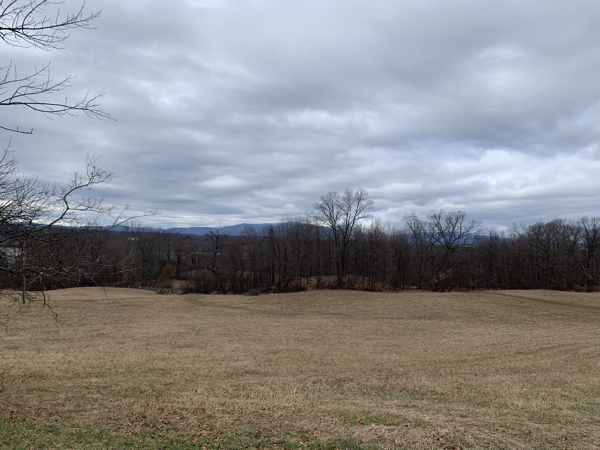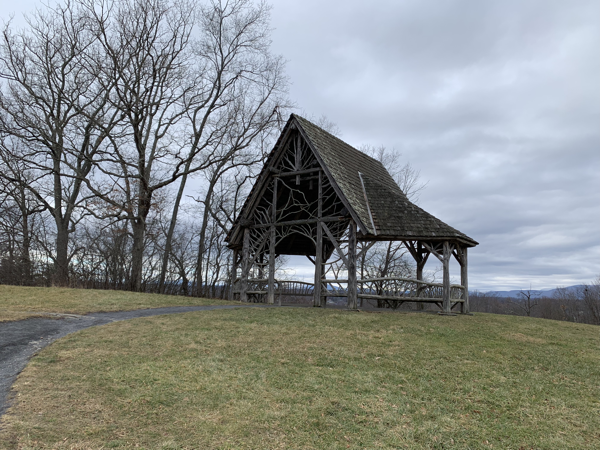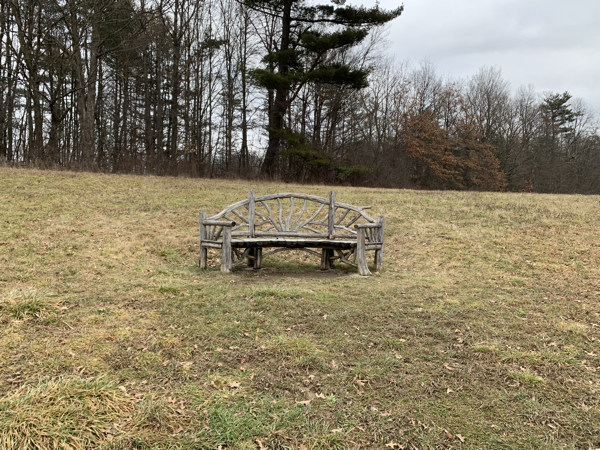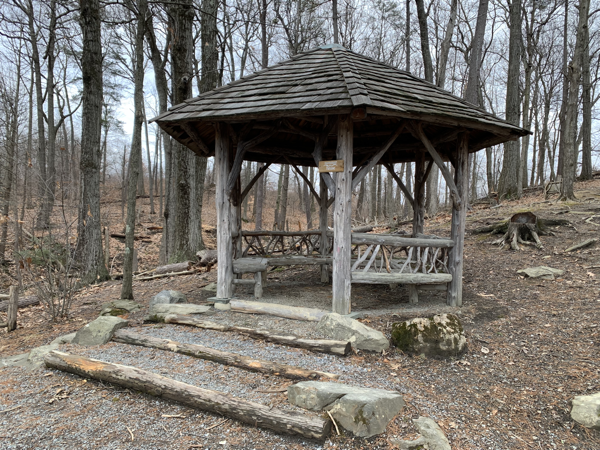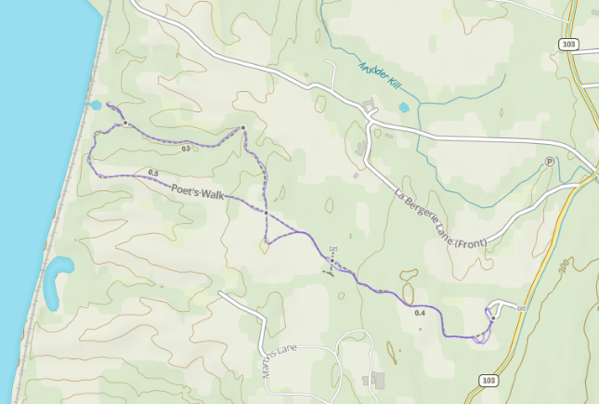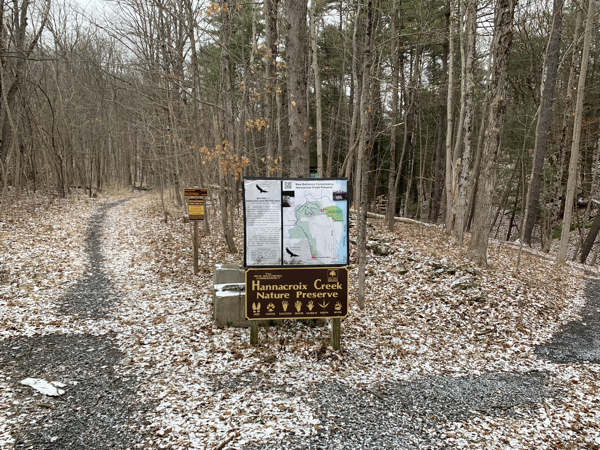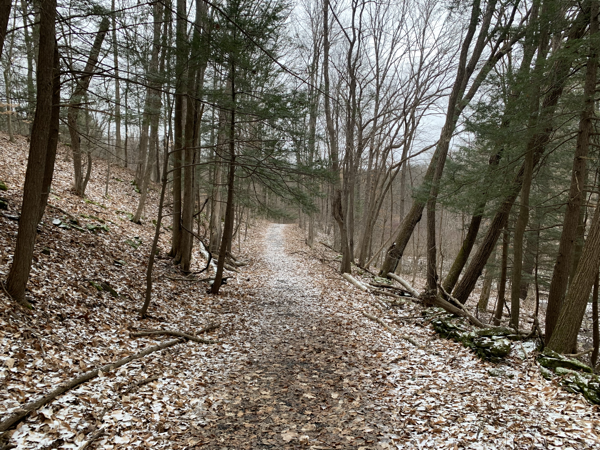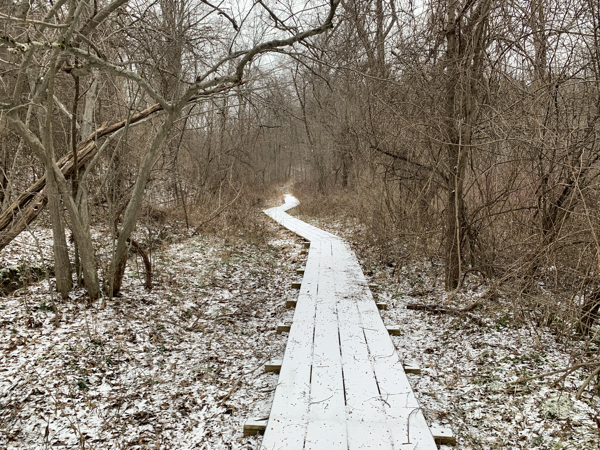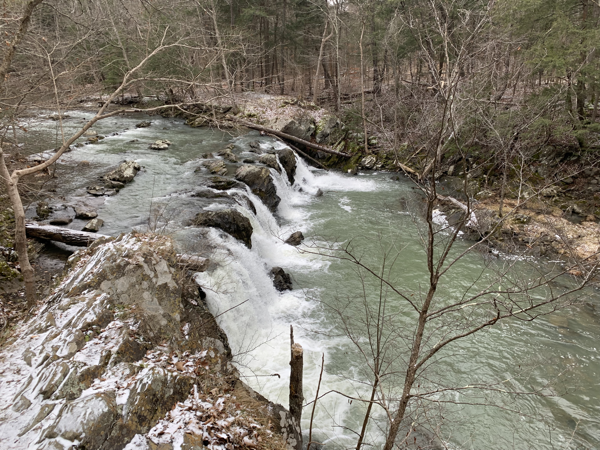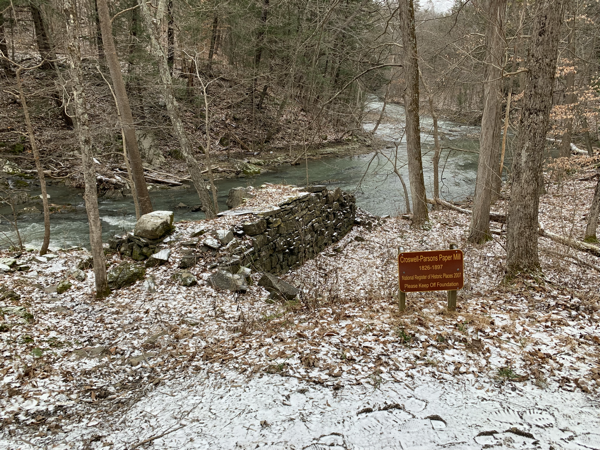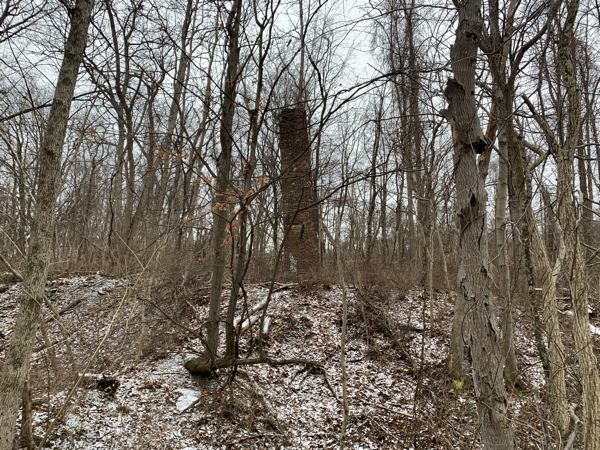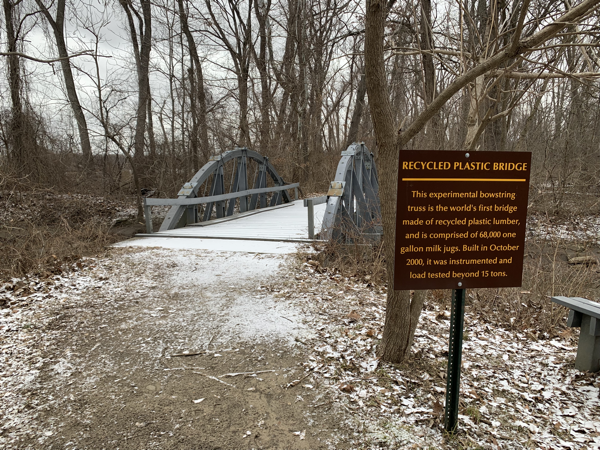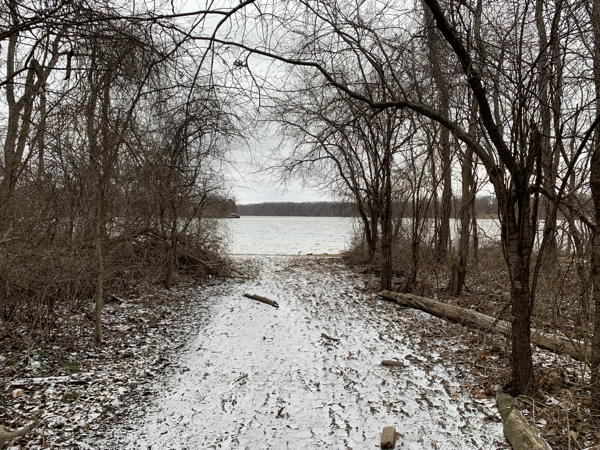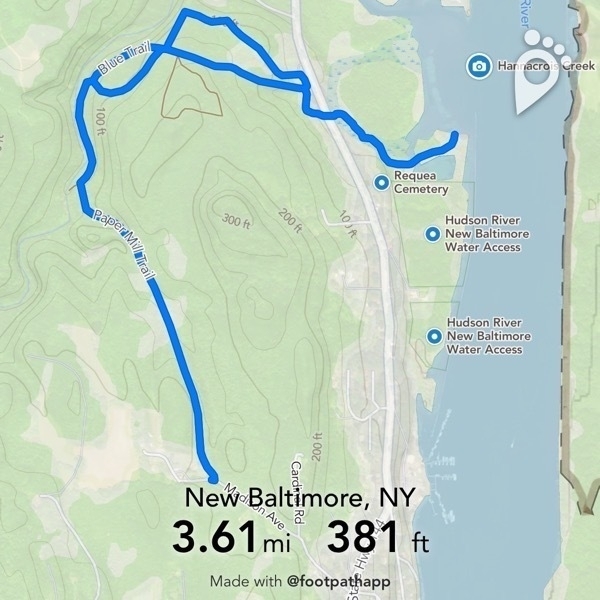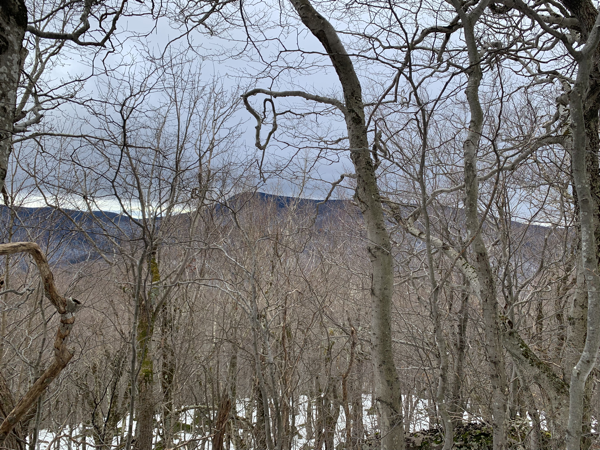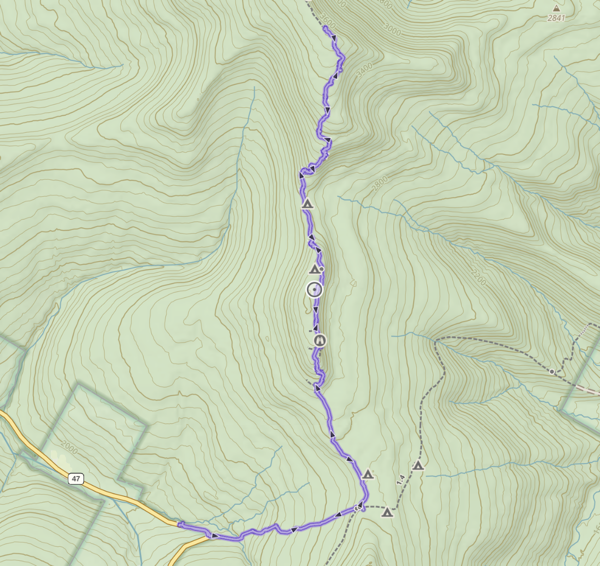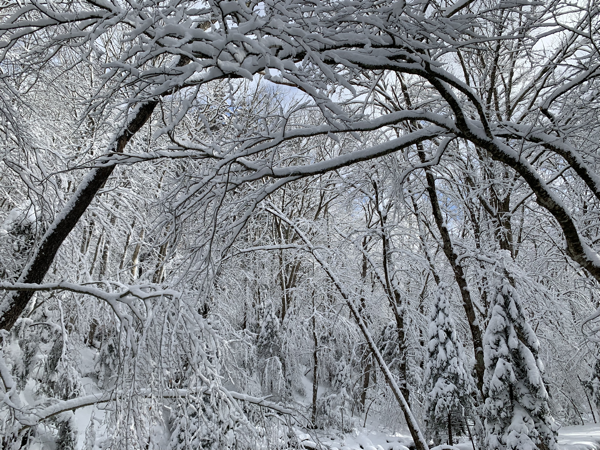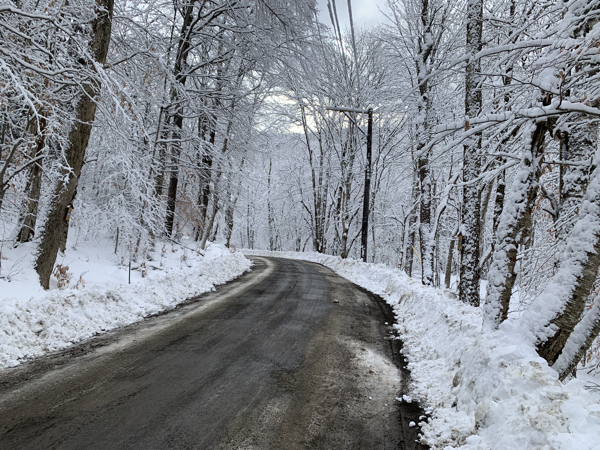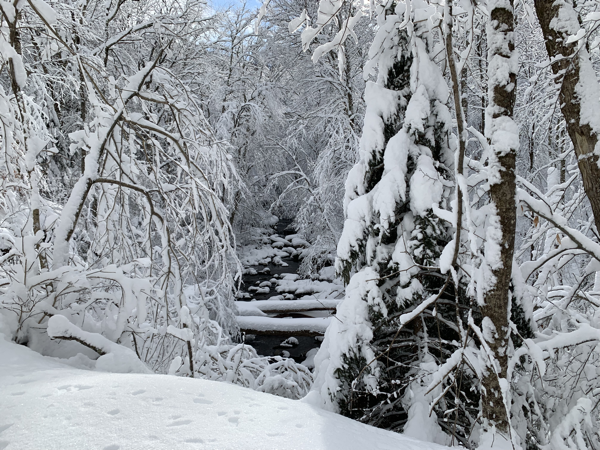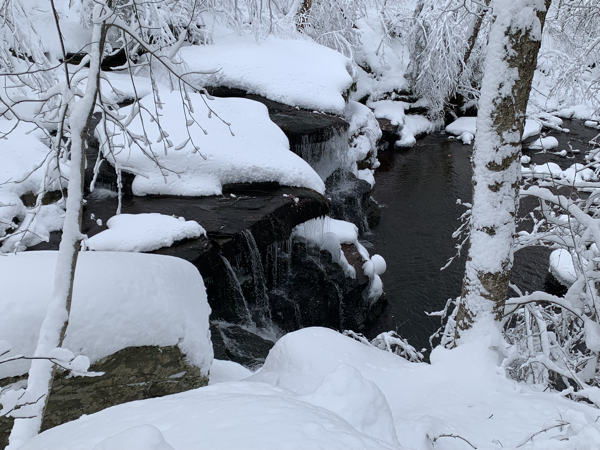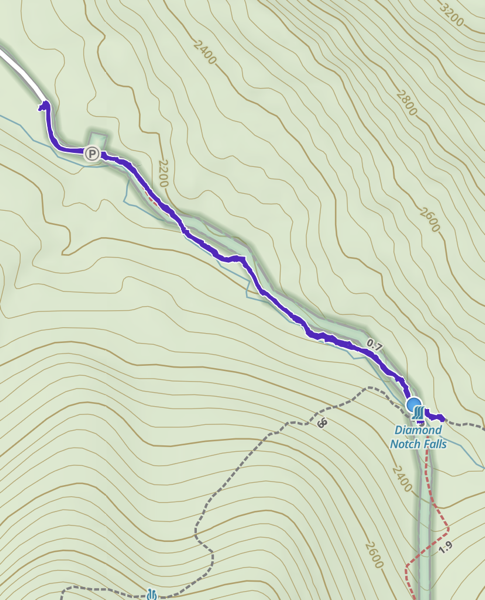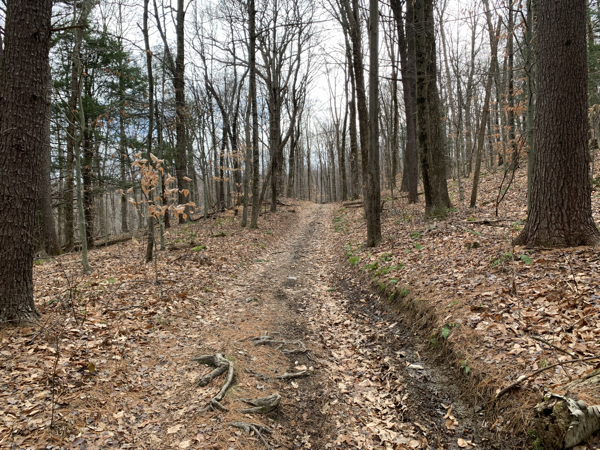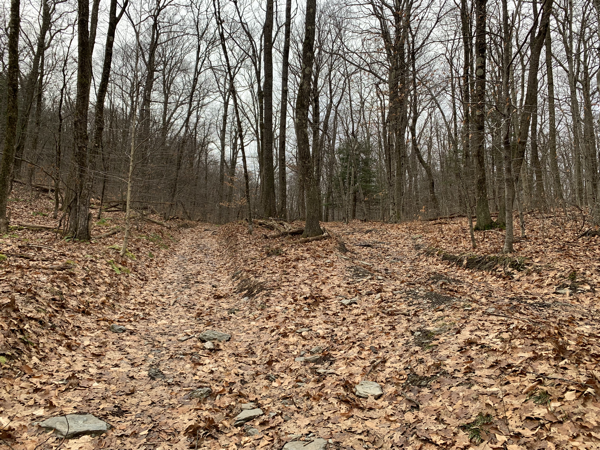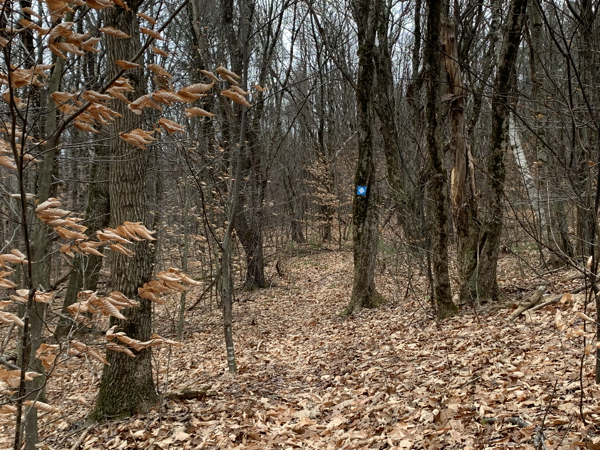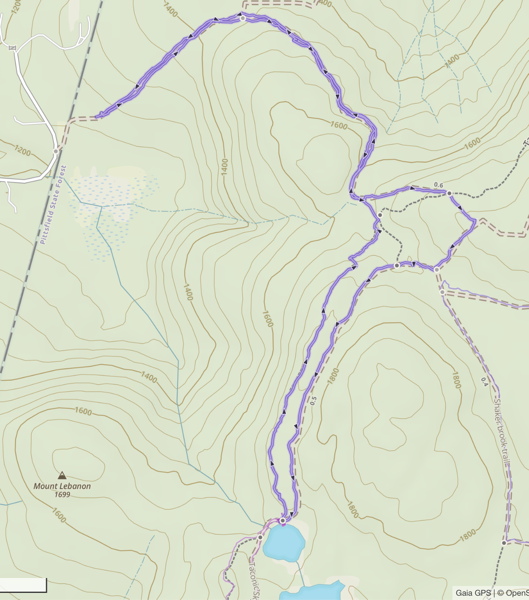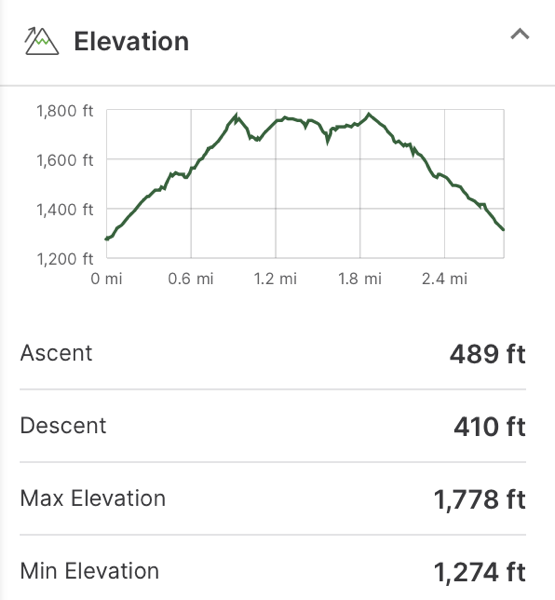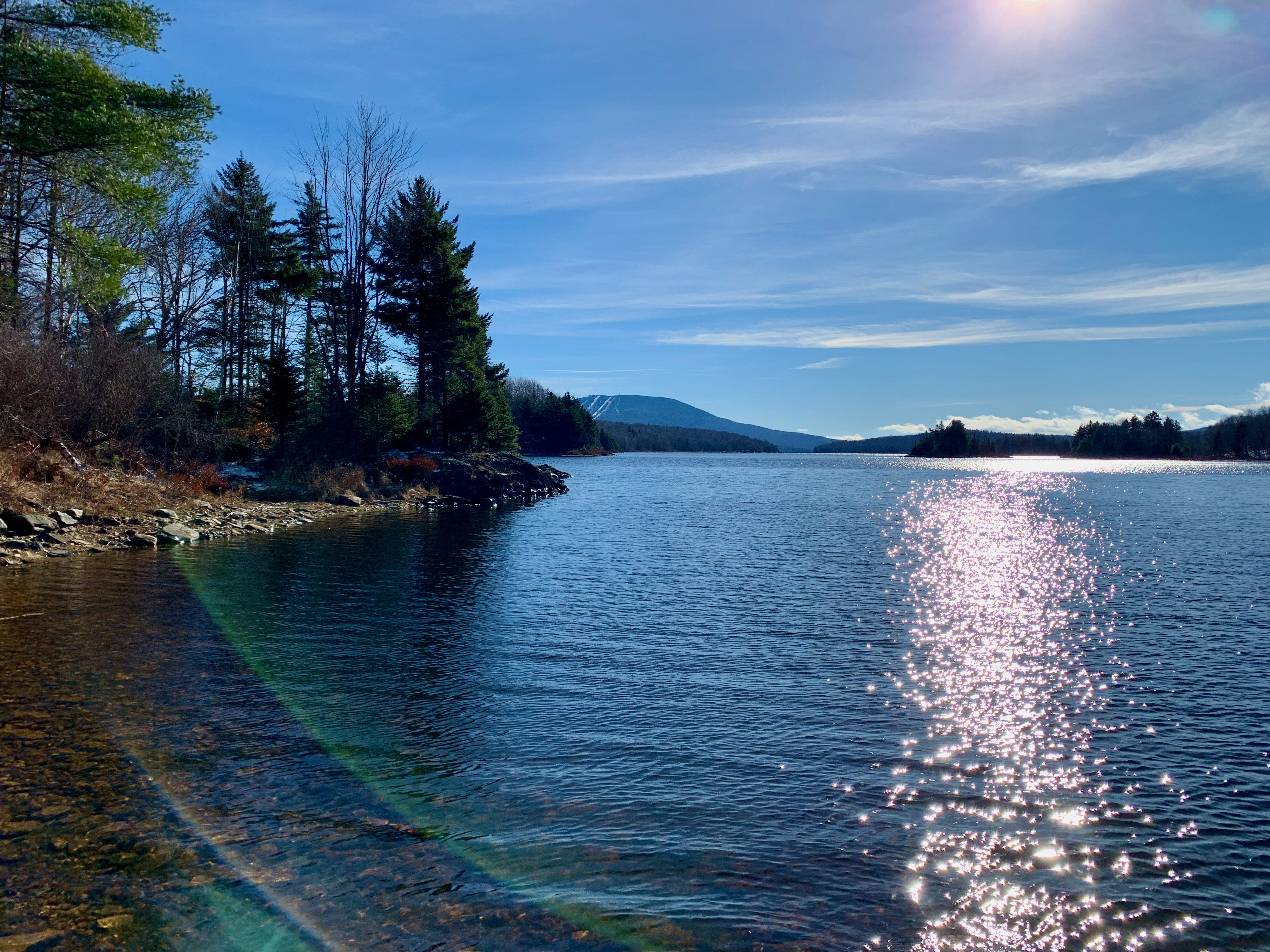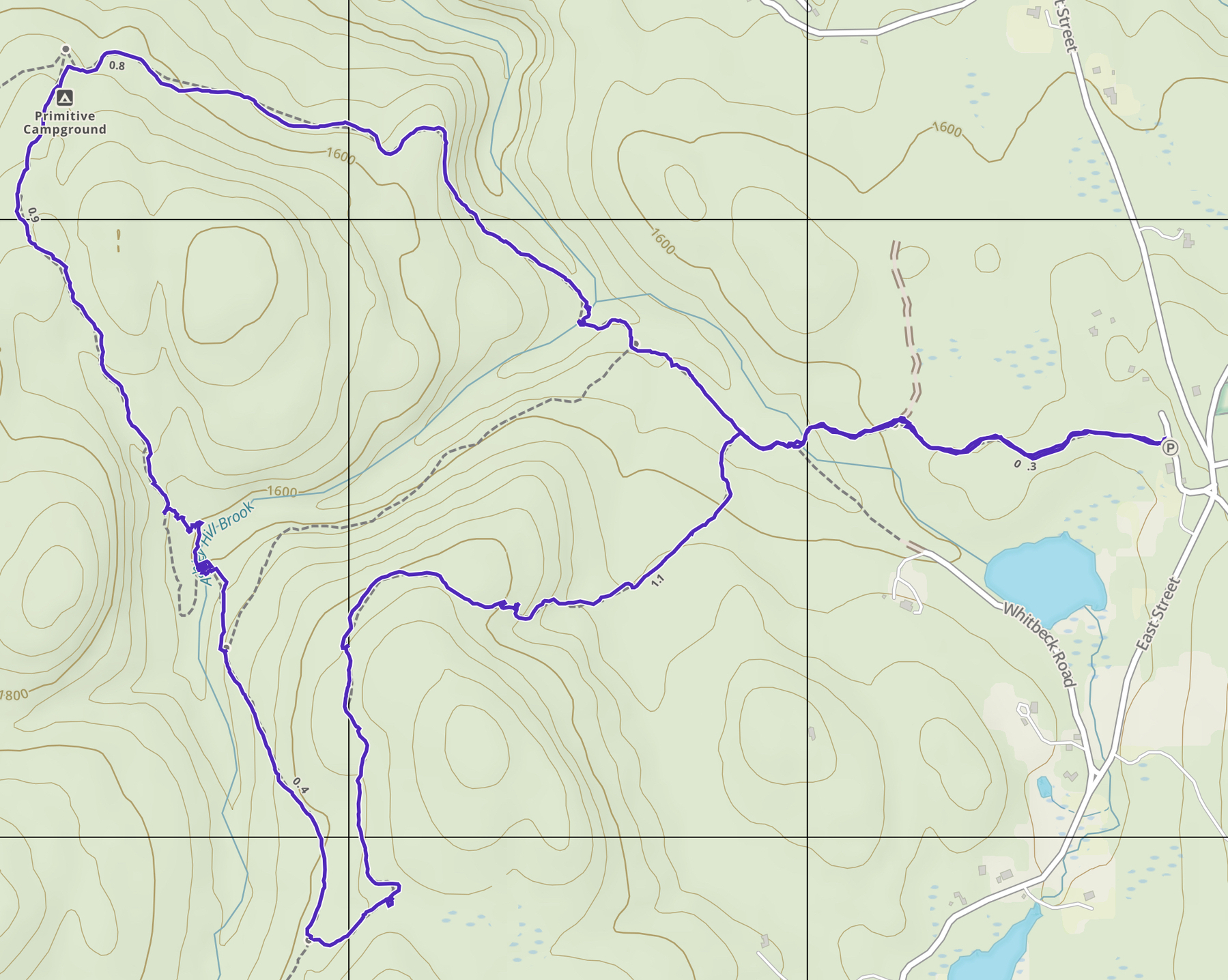East Jewett Range
In the Catskill Mountains of New York, there are a handful of lists iterating the 100 highest peaks of the region and somewhere in the bottom third of that list is a peak known as East Jewett Range. Until recently this peak was on private land and climbing it required contacting the owner and gaining their blessing. At some point in the last few years the NY City Department of Environmental Protection acquired the land around this peak and it is now publicly accessible.
The DEP own many parcels of land throughout the Catskills acquired to help protect the watershed that provides New York City with drinking water. DEP allows for many public usages of the land and one of them is hiking so if you’ve wanted to visit this peak it’s now publicly accessible.
The map above shows the “parking area” at the end of Beecher Road as a star. I quote the parking area designation because the cul de sac at the end of Beecher Road is posted with no parking signs.
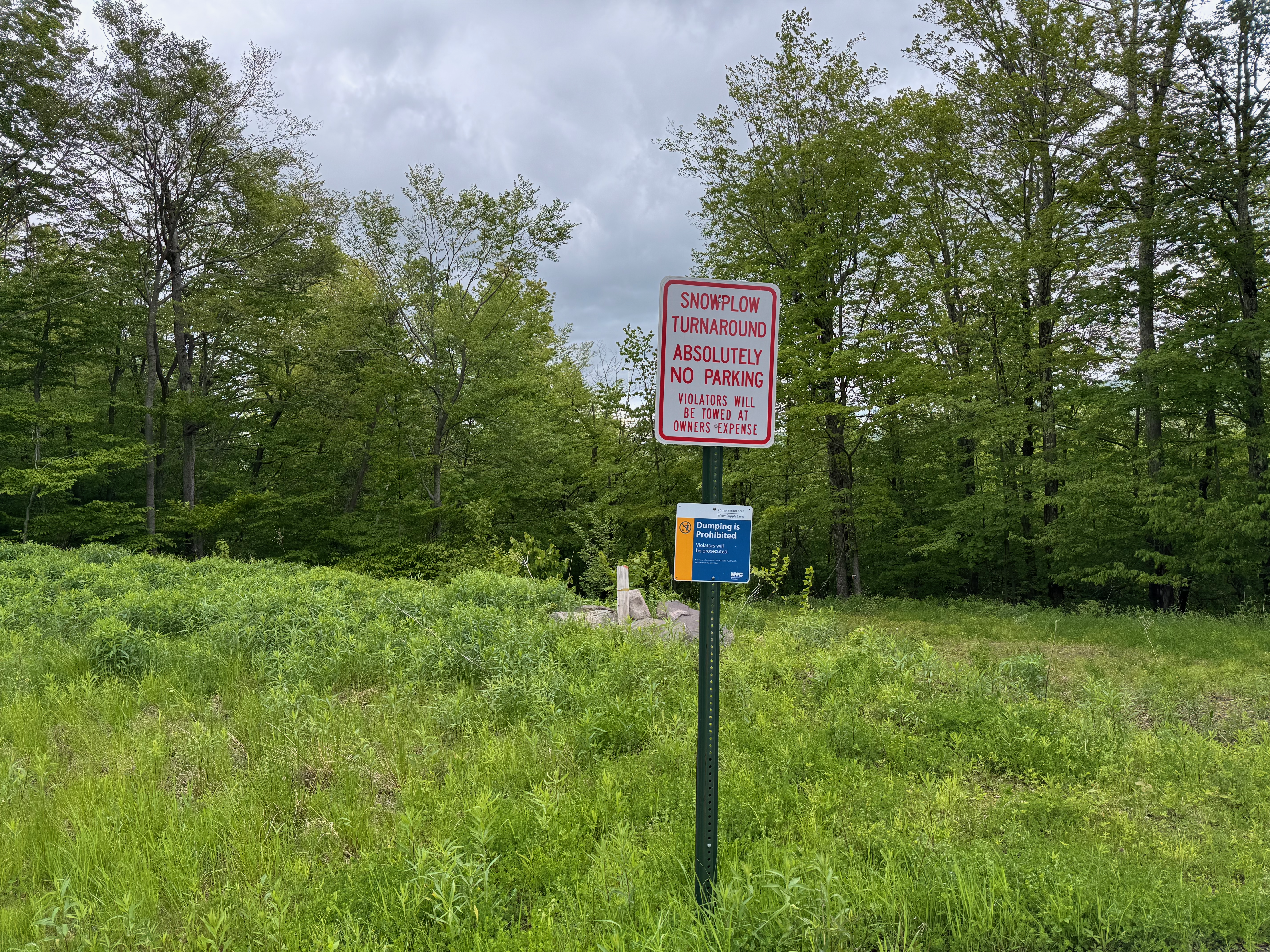
As I was visiting in June I assumed I wouldn’t be blocking any snowplows so I pulled off the pavement and parked my car.
The land has been logged and is riddled with logging roads. A few online maps will show some of these roads as unmaintained roads or trails. If you’re not familiar with logging roads don’t expect much more than a heavily rutted cleared path through the woods about 10-12 feet wide. You couldn’t drive on most of these roads unless you were in a skid-steer as the loggers were. In fact branching out from the parking area are at least 3-4 of these roads. More than one will probably get you on the way to the summit but the most prominent, which I took, is much wider than the others and continues in the general direction of Beecher Road to the west.
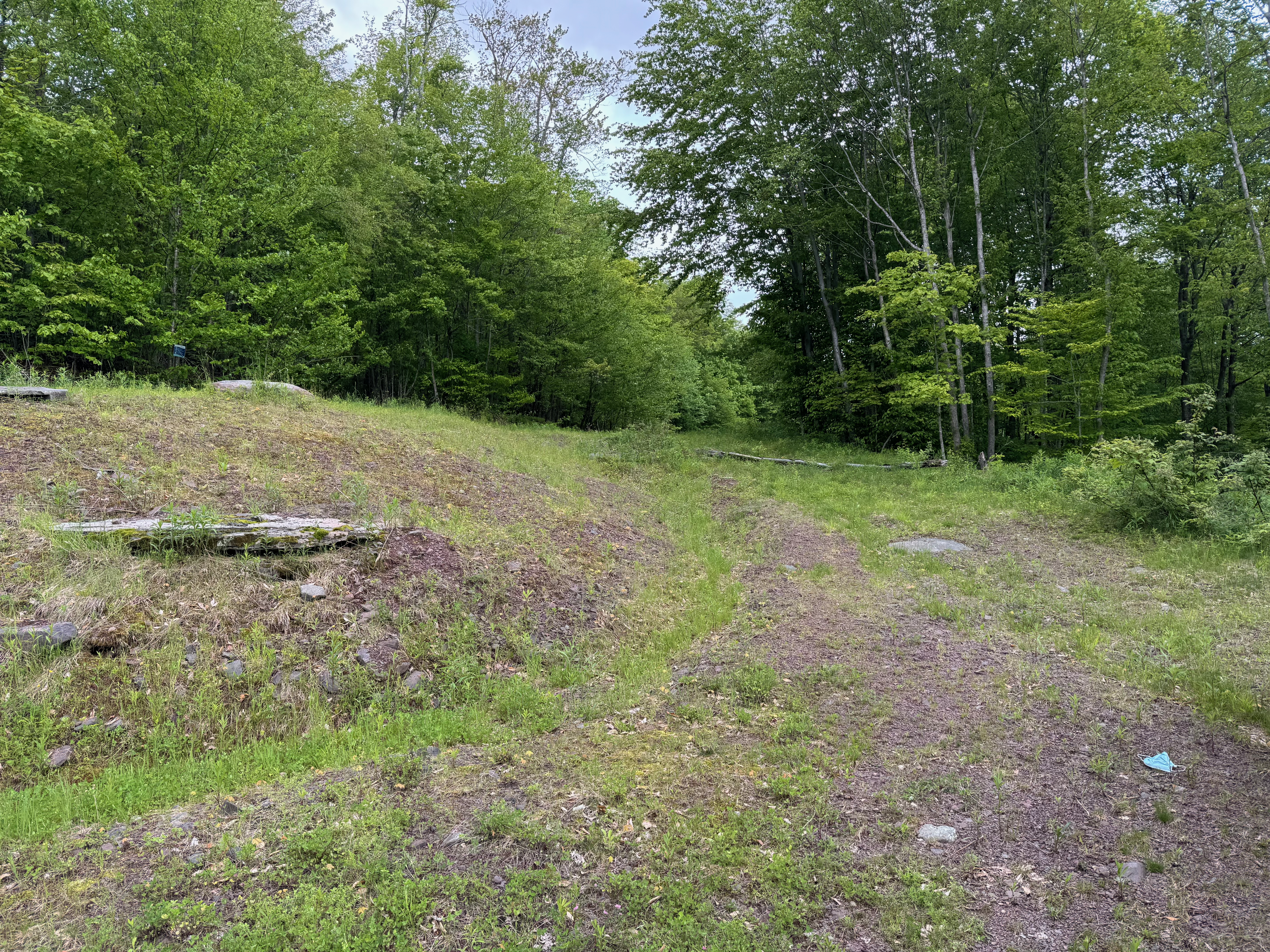
When I was doing this hike, it had just rained over two inches in the past 24 hours so the trail was very wet but nothing that couldn’t be bypassed. It was early June so the brambles were just starting to fill in making for some thorny areas.
As the crow flies, it’s approximately a half mile to the summit but unless you abandon the roads entirely and climb hand over foot you will most likely walk 1.5-2 miles finding a more accessible route to the peak.
The loggers had the same goal as a hiker, for the most part. They wanted to get to the lumber at the top of the mountain so they may have wandered all over the mountain while cutting their roads but eventually they got pretty close to the summit. If you are patient and follow the roads they will follow a switchback type pattern following the elevation contours for a bit then climbing a step sometimes 100 feet or more in elevation before they again follow the contours. More than once I didn’t trust the road would turn and climb so I headed off into the woods, off the road, and climbed only to intersect another road segment. So my advice is if you want to take the path of least resistance, trust the process and follow the roads as they swipe back and forth across the mountain.
At no point is the climb very difficult but there are several points where you will encounter cliff faces sometimes 20-30 feet in height. The picture below probably doesn’t do the height justice.

Since the loggers couldn’t drive the skid-steer up the rock walls the roads will eventually show you a way around or you can just follow along the cliff until a path appears.
While I wasn’t quite patient enough on the way up to follow the roads the whole way, one could probably get to within 100 feet of elevation of the summit by way of the roads. Keep in mind these “roads” are just places where the trees were cut and a piece of heavy equipment could get through. It’s not a carriage road or some neglected thoroughfare you could still drive along in the right vehicle. It’s rough. It has ruts. It’s full of downed limbs, potholes and brambles. In another decade these roads will fade into the forest and only the person really looking will see where they were.
It appears the easiest way to make the final ascent to the summit is via the col between the true summit and another bump on the mountain top. On most maps this col is noted as the mountains summit but it’s clear from the topographic map that both humps on the summit attain more height. The actual high point is on the larger of the two bumps. It’s on this large plateau that there is a largely untouched remnant of the original pine forest including some older growth large trees.
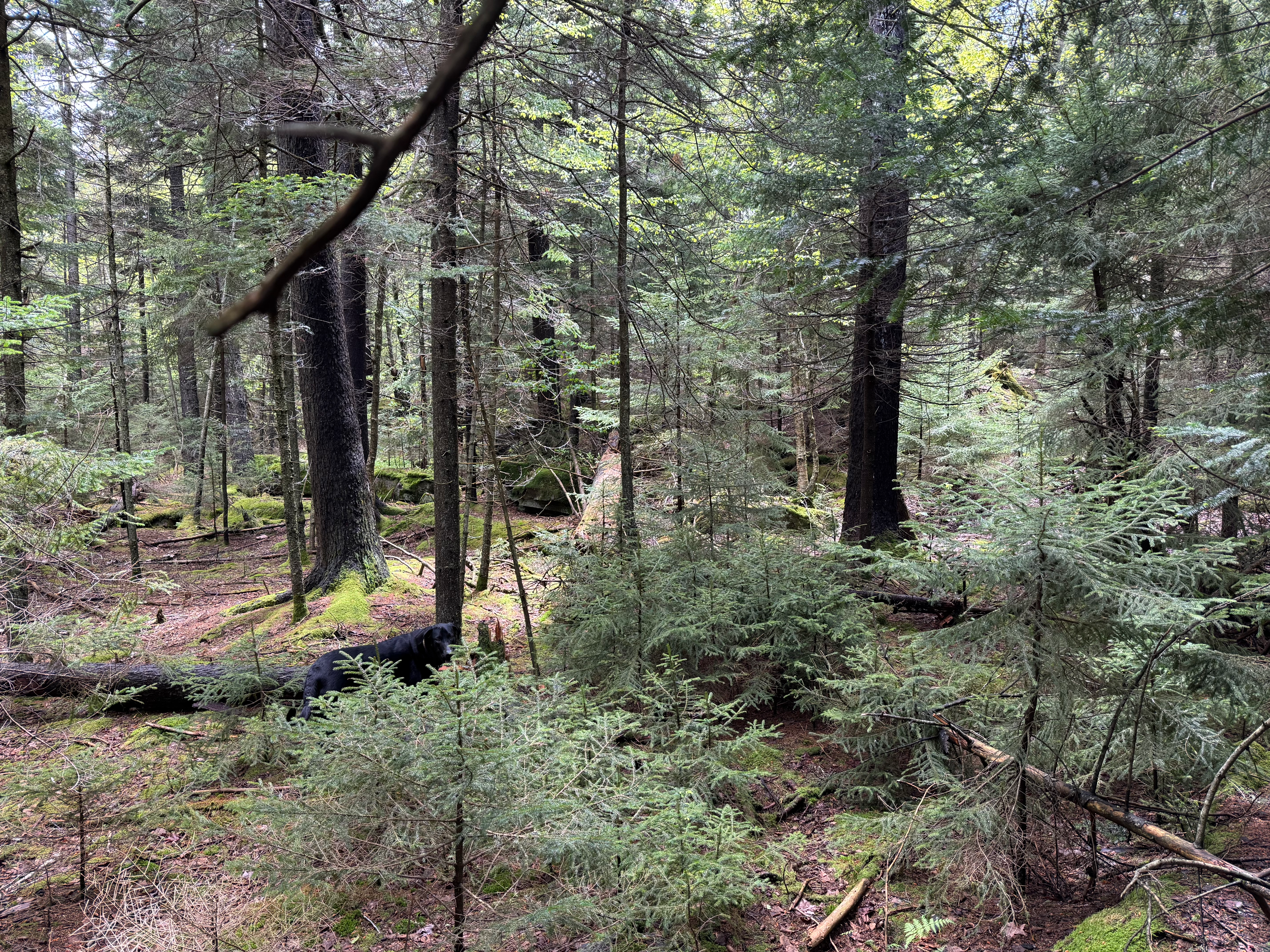
Just before these thicker older trees is a clearing with some stones not quite in a fire pit and another forming a low wall. It’s unclear if this was just some random stone work or if there may have been a structure here at some point?

I wandered most of the summit plateau and didn’t see any marker or cairn indicating the high point. The sun did manage to break through the overcast skies to fall on this one larger rock at what appears to be a high point so I settled on this as the summit.

Looking at my GPS track, you can see my impatience with following the roads. The path to the east (right side) is the ascent. After the peak on the way back down I took care to more closely followed the road, descending to the col and taking the roads where possible. This is probably a better plan of attack.
The woods on this mountain are very wild in spite of the loggers disturbances and to be fair I saw no litter or other junk. There was more sign of wildlife on this hike than I can recall on any other. Virtually any time you looked at the forest floor there was some bear, deer or other unidentified scat. My dog was constantly off the track wandering after scents. We did see a large deer and there were some signs of recent bear activity near the summit where a bear had clawed the bark off a tree probably looking for insects or grubs. This tree damage looked very fresh but we didn’t see any other signs of the culprit.
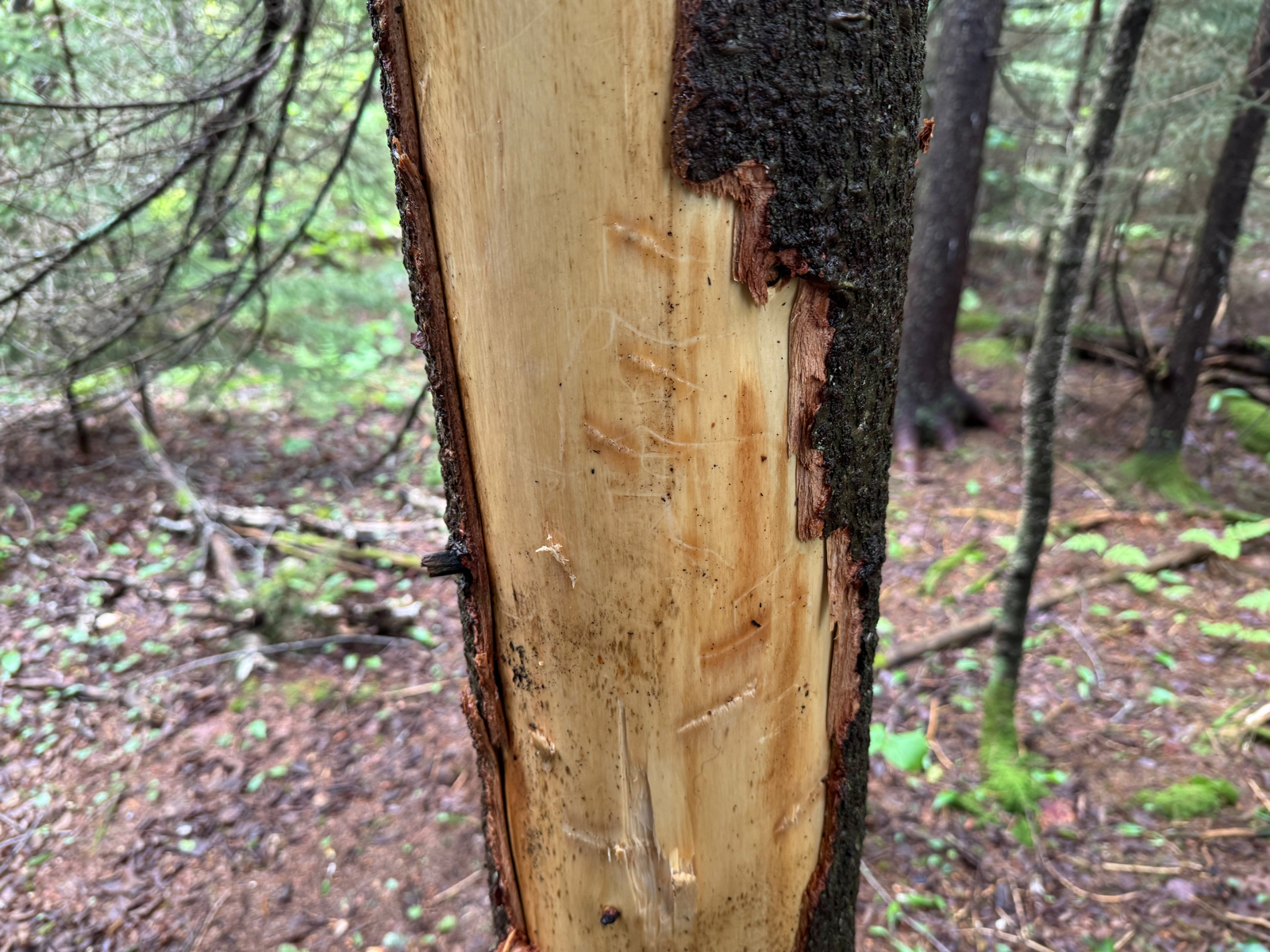 I spent about three hours walking a bit over 4 miles up and back. The elevation gain was about 1,000 feet. As with any bushwhack you can tackle this hike any way you choose. The woods are never too dense that you can’t just make your own way. The roads will eventually get you to the top if you trust the process of tracing the elevation contours back and forth across the mountain.
I spent about three hours walking a bit over 4 miles up and back. The elevation gain was about 1,000 feet. As with any bushwhack you can tackle this hike any way you choose. The woods are never too dense that you can’t just make your own way. The roads will eventually get you to the top if you trust the process of tracing the elevation contours back and forth across the mountain.
There were no views to speak of but it is apparent that if you were here when the leaves are off the trees you could get a good look at the Blackhead Range to the north or Hunter and Rusk to the south. With our cold spring this year the thorns were only starting to become a bother but it’s clear in high summer it will be a scratchy trip.
I’m certain as word of this peak now being publicly accessible spreads a herd path will develop but for now it’s a decent bushwhack for people comfortable with navigating a bit. The philosophy of just going up until you reach the top will work but with all the roads and cliff faces it’s easy to get turned around. Use a map and compass or GPS and you won’t have any trouble.
